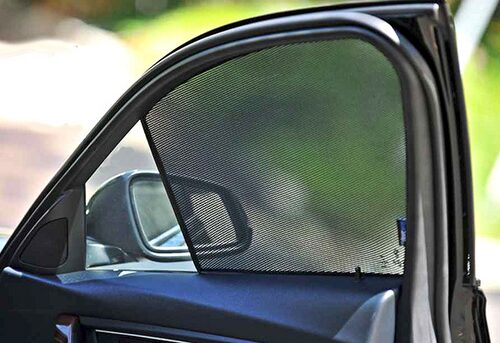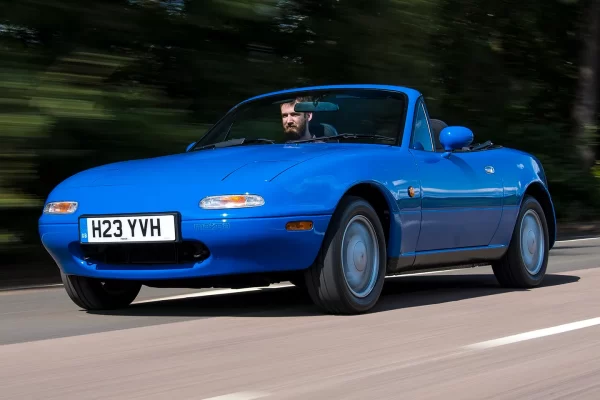The whole technological movement toward hybrids and EVs has left driving enthusiasts wondering how much longer before milestones are met. Everywhere there are signs that these technologies are growing closer to meeting the demands of the driving public. Like little kids, we find ourselves asking again and again: are we there yet?!?
It will be exciting when the answer to that question is a resounding yes. It will mean the switch from petroleum to renewable energy will have been accomplished without losing all the things we love about driving. We want to be able to take to the open road at enviable speeds. We want to drive cars that enjoy hugging the curves.
Many of us doubt whether the new technologies could ever be as much fun as the old ones. Yet there are manufacturers venturing out to prove that eco-friendly sports cars can be done and done well. One such ride is the Lexus LC Hybrid. Here’s what it takes to get us from here to there, so to speak.
Equal Weight Distribution
Here’s an area that often proves difficult to sports car designers. It’s hard to achieve a 50/50 split. Yet the Lexus LC Hybrid has a 52/48 percent weight distribution. It’s actually doing better than the coupe’s 54/46 percent and the convertible’s 52.5/47.5 percent.
Aerodynamic Build
Next a sports car needs to slip through the wind. Apparently the hybrid’s coefficient of drag is .33, the same as the regular LC coupe. Lexus sculpts the body for airflow. Up front, Lexus designers put four air intakes. This sends cool air through the engine. This helps offset engine heat. In the rear, there are aero ducts to help create downforce.
The vehicle’s weight is also a factor. Lexus keeps this down by using aluminum, carbon fiber, and other lightweight materials. The hybrid weighs 300 pounds less than the coupe.
Glamor and Excitement
A good sports car doesn’t just drive well. It looks the part. In this case, Lexus aimed for a glamorous, sexy silhouette, and it has achieved just that. There’s no disputing that this hybrid looks like a sophisticated sports car.
As for excitement, Lexus offers a speed-activated rear wing. This rises up at speeds over 50 miles per hour. This increases the car’s agility and seeks to harness the wind rather than resist it. This car really is exactly what you’d expect at luxury car dealerships.
Performance and Handling
Last but not least, an eco-friendly sports car has to have the performance and handling that makes it better than your average ride. In the case of the LC 500h, the V6 output alone is 296 horsepower. That jumps to 354 when combined with the electric motor capability. It puts out a rate of 256 lb-ft of torque. A second electric motor drives the wheels, bringing new meaning to the words ‘rear-wheel-drive’, another must-have aspect of sports car life.
There is a drop in capability as you can see in the track speed. The regular LC tops out at 168 mph while the LC 500h tops out at 155 mph. Still, the 0-60 mph sprint time compares well: 4.4 to 4.7 seconds.
So, are we there yet? In our view, the LC 400h indicates that the new wave of eco-friendly sports cars has begun. What’s going to be fun is watching to see how this car competes and what new technologies will come racing after it.



